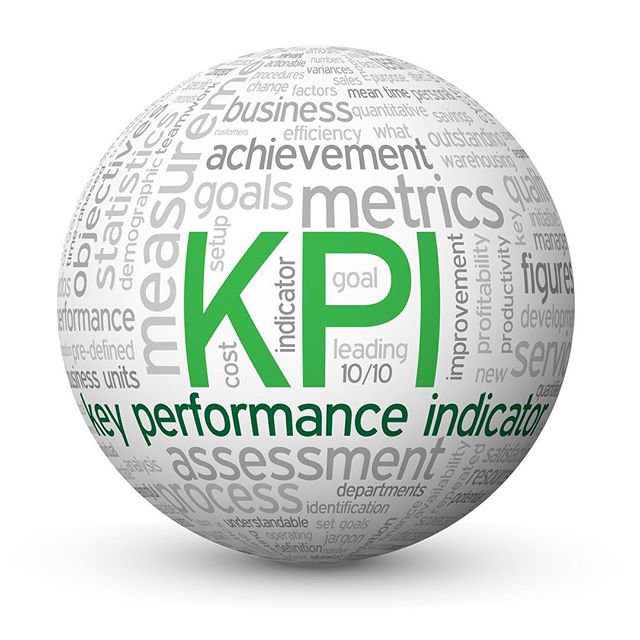Key performance indicators (KPI) serve to assess and measure the performance level of important processes for businesses.
They are widely used by managers to direct the efforts of employees and partners to improve the most important indexes.
Performance indicators are unique for each company, as they should reflect the company strategy. Thus, in the logistics area, for some companies an important indicator will be related to time, while for others it will be cost or quality related.
In addition, performance indicators should be used not only to evaluate internal processes but also external processes by assessing supply chain partners.
Tracking these metrics allows us to check the company performance over time, and so compose an internal benchmarking, since we want the indices to improve in each period. So the company can compare it against itself in the past. In addition, through specialized studies it is possible to know the values of the indicators for the activity sector and then compare with the competitors.
Examples of key performance indicators
Many indicators are universally accepted, such as the much-used OTIF (On Time In Full, that is, the order delivered at the time expected by the customer), while others need adjustments for use in specific cases.
Many key performance indicators in supply chain management are related to sales forecasts, inventory, procurement, suppliers, warehousing and transportation.
Finally, more important than measuring and tracking the numbers is to act to improve them and to correct any mistakes found in the processes being evaluated.
